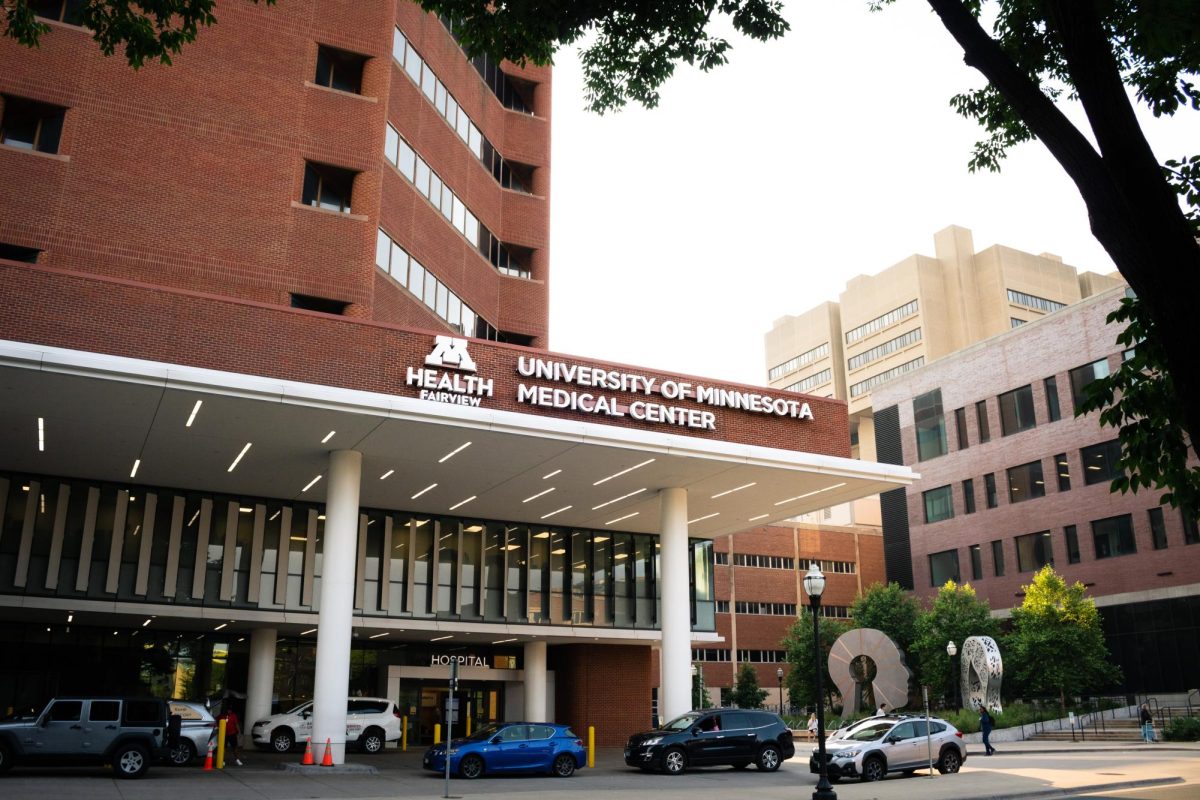From the state Legislature to the University of Minnesota, measures to increase the number of science, technology, engineering and mathematics degrees awarded have received increased attention in recent years because of demands in those areas.
Legislation in both the House of Representatives and the Senate has surfaced this session, as well as a 2014 legislative performance standard related to the number of degrees awarded at the school, signify the need to fill STEM-related positions in Minnesota.
Sen. Kari Dziedzic, DFL-Minneapolis, is authoring legislation that would appropriate additional state funding for internship opportunities in STEM fields. The funding would go to the SciTechsperience program, which received funding from legislators in 2013 and connects students with STEM-related companies in the state.
Becky Siekmeier, SciTechsperience’s director, said about 34 percent of students who were placed in internships last year came from the University.
Another bill that supports the creation of more STEM degrees surfaced last month and offers graduates incentives. Rep. Tony Albright, R-Prior Lake, co-authored the bill that provides tax credits for people in STEM or medical fields.
A person with a bachelor’s degree in a STEM-related field could earn $5,000 in tax credits if he or she works in a Minnesota area that has a STEM-workforce shortage.
To fill STEM positions in the state, students on the fields’ tracks must be well-qualified; therefore, the College of Science and Engineering is becoming more selective in its admissions process.
Between 2008 and 2014, the number of freshmen who applied to CSE more than doubled. The average ACT score of the college’s enrolled students during the same period also increased, while the number of new students enrolled in the college only moderately increased from about 800 students in 2008 to 1,060 in 2014
“It’s not a guarantee that you’re going to get in with a high ACT,” said CSE Dean Steven Crouch. “It just so happens that of the students who come in, we are selective in the sense that our students have very strong records.”
As part of five performance measures tied to state funding allocated to the University, legislators asked the school and the Minnesota State Colleges and Universities system to increase the number of STEM degrees they award by 3 percent.
In December, the University announced it met and exceeded the metric by a more than 10 percent increase.
CSE created a separate initiative in 2008 to boost the number of STEM degrees awarded, Crouch said, which helped the University meet the state’s target.
Crouch said the college accounted for less than half of the total number of STEM degrees included in the total measured to meet the state’s performance metric, and other colleges, including the College of Biological Science and the College of Food, Agricultural and Natural Resource Sciences accounted for the rest.
Regardless of what STEM-related bills are passed in the state Legislature, Crouch said the fields need highly qualified students to enter them.
“We have to maintain a quality product,” he said. “It doesn’t help to admit twice as many students, pack them into classes twice as big and claim you’re doing a good job of training the next generation. It doesn’t work like that.”







